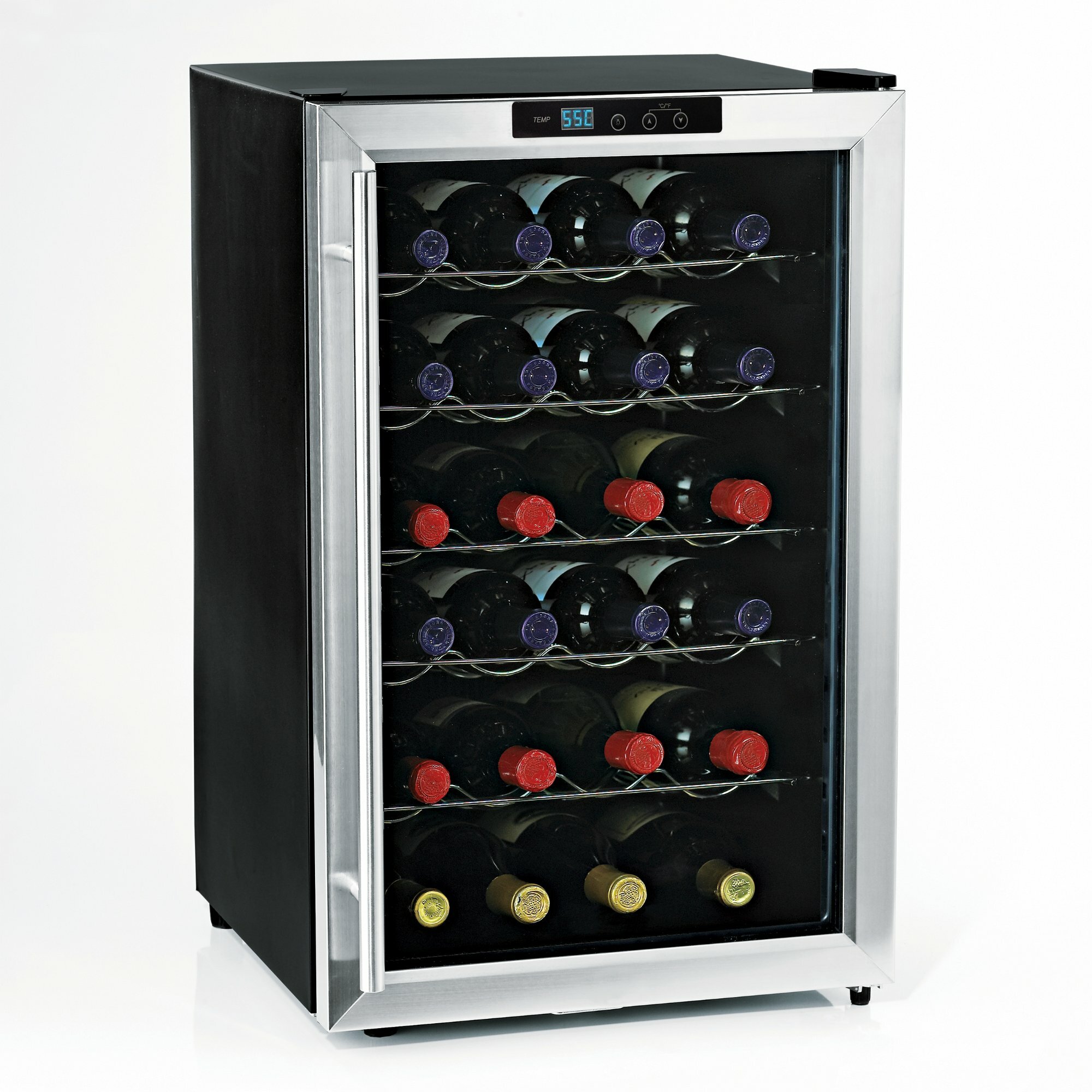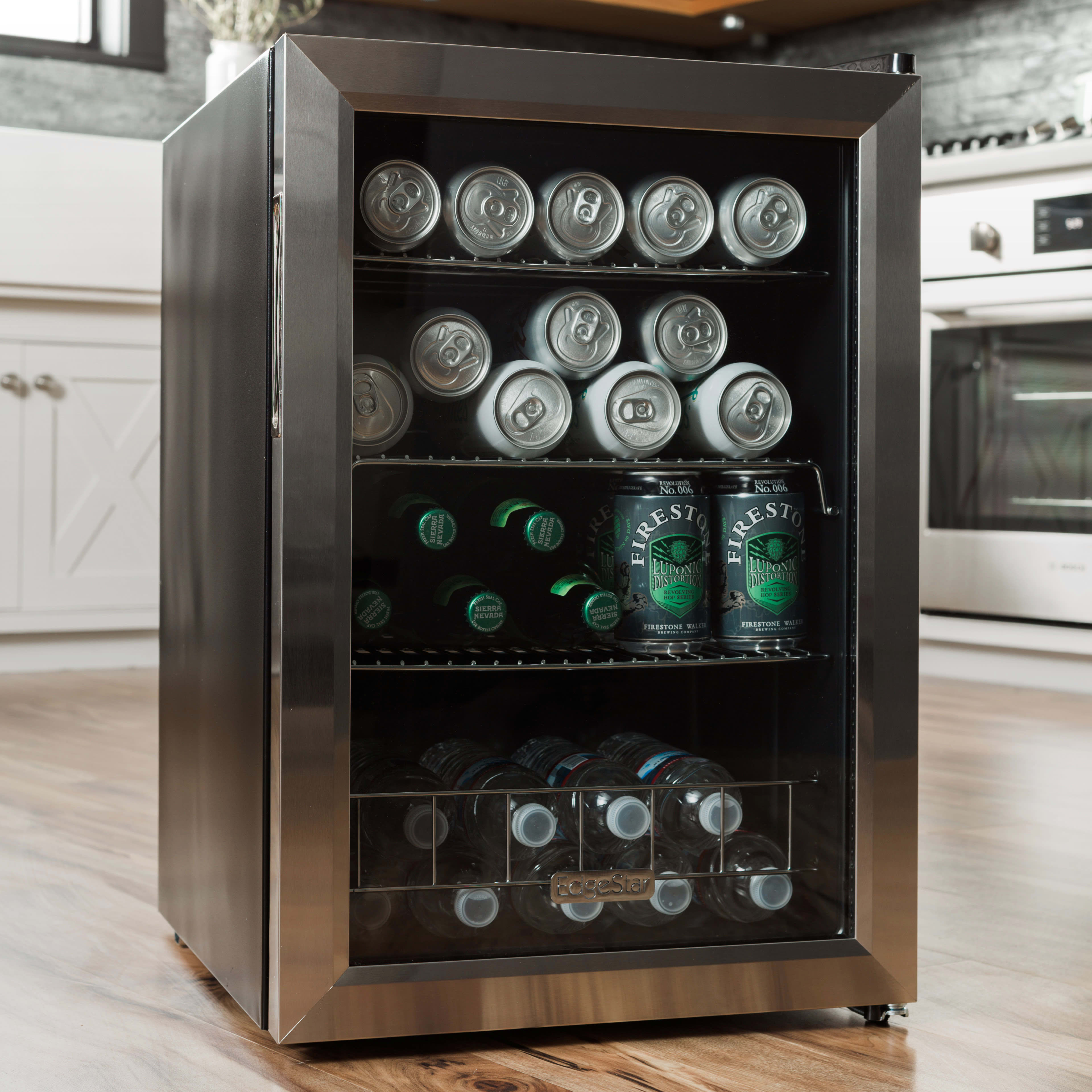Types of Built-In Wine Cabinets
Built-in wine cabinets offer a sophisticated and space-saving solution for storing and preserving wine collections. Understanding the various types available is crucial for selecting the optimal model to suit individual needs and preferences. Factors such as cooling technology, temperature control, and capacity significantly influence the functionality and cost of these appliances.
Types of Built-In Wine Cabinets: A Comparative Overview
The following table summarizes the key characteristics of different built-in wine cabinet types.
| Name | Cooling Type | Temperature Zones | Capacity |
|---|---|---|---|
| Thermoelectric Wine Cooler | Thermoelectric | Single | Typically smaller, ranging from 6 to 20 bottles |
| Compressor Wine Cooler | Compressor | Single or Multi | Wide range, from 12 to several hundred bottles |
| Single-Zone Wine Cooler | Thermoelectric or Compressor | One | Varies depending on cooling type and manufacturer |
| Multi-Zone Wine Cooler | Compressor | Two or more | Varies, often larger capacities than single-zone models |
Advantages and Disadvantages of Different Wine Cabinet Types
Understanding the advantages and disadvantages of each type allows for informed decision-making.
Built in wine cabinet – Thermoelectric Wine Coolers:
- Advantages: Quieter operation, more energy-efficient, less expensive.
- Disadvantages: Less precise temperature control, typically smaller capacity, may struggle in warmer climates.
Compressor Wine Coolers:
- Advantages: Precise temperature control, larger capacity options, better performance in warmer environments.
- Disadvantages: Louder operation, higher energy consumption, generally more expensive.
Single-Zone vs. Multi-Zone Wine Coolers:
- Single-Zone Advantages: Simpler operation, lower cost.
- Single-Zone Disadvantages: Limited to storing wines at a single temperature.
- Multi-Zone Advantages: Ability to store wines at different optimal temperatures (e.g., reds and whites).
- Multi-Zone Disadvantages: Higher cost, more complex operation.
High-End vs. Budget-Friendly Built-In Wine Cabinets, Built in wine cabinet
The features offered significantly differentiate high-end and budget-friendly models.
High-end models typically feature advanced features such as multiple independent temperature zones, UV-protected glass doors, vibration-dampening systems, advanced humidity control, and sophisticated alarm systems. Budget-friendly models often prioritize basic cooling functionality and may lack some of these features. The difference in price reflects the level of technology and precision in temperature and humidity control.
Installation Requirements for Different Cabinet Types
Installation requirements vary depending on the cabinet’s size and features.
| Type | Space Requirements | Electrical Needs | Installation Complexity |
|---|---|---|---|
| Thermoelectric | Relatively small | Standard electrical outlet | Low |
| Compressor (Single-Zone) | Moderate | Standard electrical outlet | Moderate |
| Compressor (Multi-Zone) | Larger | Standard electrical outlet (potentially higher amperage) | Moderate to High |
Design and Integration of Built-In Wine Cabinets

The successful integration of a built-in wine cabinet hinges on careful consideration of design, placement, and material selection. A well-designed cabinet not only enhances wine storage but also complements the overall aesthetic of the kitchen, becoming a functional and visually appealing element. This section explores various design aspects to guide the selection and installation process.
Kitchen Layouts Showcasing Built-In Wine Cabinets
Three distinct kitchen layouts illustrate the versatility of built-in wine cabinets. The placement and design significantly impact the kitchen’s flow and overall appearance.
- Layout 1: Under-Counter Installation. A 36-inch wide, 34-inch high, and 24-inch deep wine cabinet is seamlessly integrated under a countertop in a galley kitchen. The cabinet is made of dark stained oak, matching the kitchen cabinetry. This design maximizes space efficiency and maintains a clean, streamlined aesthetic. The cabinet holds approximately 48 bottles.
- Layout 2: Pantry Integration. A 48-inch wide, 72-inch high, and 24-inch deep wine cabinet is incorporated into a walk-in pantry. The cabinet is constructed from light-colored maple, providing a contrast to the pantry’s darker shelving. Its vertical orientation optimizes space within the pantry while offering ample storage for approximately 100 bottles. The pantry’s existing lighting is supplemented with interior cabinet lighting to highlight the wine collection.
- Layout 3: Focal Point Design. A 72-inch wide, 36-inch high, and 24-inch deep wine cabinet serves as a striking focal point in a large open-plan kitchen. The cabinet is made of brushed stainless steel, creating a modern and reflective element against the backdrop of white cabinetry. The glass door showcases the wine collection, acting as a decorative piece. This cabinet can hold approximately 144 bottles.
Aesthetic Styles for Built-In Wine Cabinets
The aesthetic style of the wine cabinet should harmonize with the overall kitchen design. Three distinct styles are presented below, each with characteristic design elements.
- Modern Style: Clean lines, minimalist design, sleek materials (stainless steel, glass, high-gloss finishes), integrated lighting, and a focus on functionality are key elements. The cabinet might feature a handleless design or simple, recessed handles.
- Traditional Style: Ornate details, wood cabinetry (often cherry or mahogany), decorative molding, classic hardware, and possibly a stained glass or etched glass door contribute to a more classic and elegant look. The cabinet might incorporate fluted columns or arched detailing.
- Rustic Style: Reclaimed wood, exposed wood grain, wrought iron accents, distressed finishes, and a natural, unpolished aesthetic create a warm and inviting atmosphere. The cabinet might feature a more rustic door style, such as a barn door or a simple panel door with a visible wood frame.
Visual Impact of Cabinet Materials
The choice of material significantly influences the overall kitchen design.
- Wood: Offers warmth, natural texture, and a range of colors and grains. The visual impact varies widely depending on the wood type (oak, cherry, maple, etc.) and finish (stained, painted, lacquered). Wood cabinets generally have a matte or semi-gloss finish.
- Stainless Steel: Provides a sleek, modern look with a reflective surface. The cool, metallic tone contrasts with warmer materials. The reflectivity can brighten the kitchen and create a sense of spaciousness. Stainless steel offers a smooth, non-porous surface.
- Glass: Allows for the display of the wine collection, adding visual interest. The transparency contributes to a lighter, airier feel. The reflectivity of glass can vary depending on the type of glass used (clear, frosted, tinted).
Selecting the Appropriate Size and Placement of a Built-In Wine Cabinet
Careful planning ensures the wine cabinet fits seamlessly into the kitchen.
- Assess Kitchen Dimensions: Measure the available space where the cabinet will be placed, considering adjacent appliances and walkways. Ensure sufficient clearance for door opening and access.
- Determine Wine Collection Size: Estimate the number of bottles you intend to store to determine the required cabinet capacity. Consider future growth of your collection.
- Choose Cabinet Size and Style: Select a cabinet size that fits the available space and meets your storage needs. Consider the aesthetic style and materials that complement the kitchen’s design.
- Plan Placement: Consider factors such as proximity to other appliances, access to utilities (electricity for lighting), and the desired visual impact. Avoid placing the cabinet in direct sunlight or near heat sources.
- Professional Consultation: Consult with a kitchen designer or contractor for assistance with planning, installation, and potential modifications to accommodate the cabinet.
Maintenance and Care of Built-In Wine Cabinets: Built In Wine Cabinet

Preserving the integrity and longevity of your built-in wine cabinet requires diligent maintenance. Regular care not only protects your investment but also ensures your wine collection ages gracefully, retaining its optimal flavor and quality. Neglecting maintenance can lead to premature spoilage, impacting both the taste and value of your wines.
Regular Maintenance Procedures
Consistent attention to detail is key to maintaining your wine cabinet. A proactive approach prevents minor issues from escalating into significant problems. The following steps should be incorporated into a regular maintenance schedule.
- Cleaning the Interior: Gently wipe down the interior shelves and walls with a soft, damp cloth. Avoid harsh chemicals or abrasive cleaners, opting instead for a mild solution of warm water and a few drops of dish soap. Thoroughly dry the surfaces before replacing the wine bottles. Regular cleaning prevents the buildup of dust and debris, which can affect the air quality and potentially impact the wine.
- Temperature Monitoring: Regularly check the cabinet’s temperature using a reliable thermometer. Consistent temperature is crucial for proper wine storage. Most built-in wine cabinets have digital displays, but a secondary thermometer provides an independent verification. Adjust the temperature settings as needed to maintain the optimal range for your wines, typically between 55°F and 65°F (13°C and 18°C).
- Filter Replacement: Consult your owner’s manual for the recommended filter replacement schedule. Filters remove odors and airborne particles, ensuring the cabinet’s air quality remains optimal. Replacing filters at the recommended intervals prevents filter clogging, which can impact the cabinet’s efficiency and potentially affect the wine’s taste.
- Exterior Cleaning: Clean the exterior of the cabinet regularly with a damp cloth and a gentle cleaner. This helps maintain the cabinet’s aesthetic appeal and protects the finish from damage. Avoid excessive moisture around the cabinet to prevent any water damage.
Troubleshooting Common Problems
While built-in wine cabinets are designed for reliability, some issues may arise. Addressing these problems promptly prevents further complications.
- Temperature Fluctuations: If the temperature fluctuates significantly, check the cabinet’s settings and ensure the unit is properly ventilated. A faulty thermostat or compressor could also be the cause; contacting a qualified technician is advisable in such cases.
- Excessive Noise: Unusual noises, such as humming or clicking, could indicate a problem with the compressor or fan motor. Consult the owner’s manual or contact a qualified repair service to address the issue. Ignoring excessive noise could lead to more significant problems.
- Condensation: Excessive condensation indicates a problem with the cabinet’s sealing or humidity control. Ensure the cabinet door is properly sealed and check for any leaks. Adjusting the humidity level within the cabinet might also be necessary.
- Malfunctioning Lights: If the interior lights fail, check the bulb and ensure it is correctly installed. If the problem persists, contact a technician to diagnose the electrical components.
Best Practices for Wine Storage
Proper storage practices significantly influence the longevity and quality of your wine.
Storing wine bottles horizontally prevents the cork from drying out, thus preventing oxidation. Arrange bottles carefully to avoid excessive vibrations or impacts. Maintaining a consistent temperature and humidity is paramount. Avoid storing bottles near strong-smelling items that might taint the wine’s delicate aroma. Proper labeling and organization helps in easily locating specific bottles. Regularly inspect the bottles for any signs of leakage or damage. A wine cellar thermometer is helpful for monitoring temperature and humidity levels. Consider using a humidity control device for better preservation. Rotating wines ensures that older bottles are consumed first.

